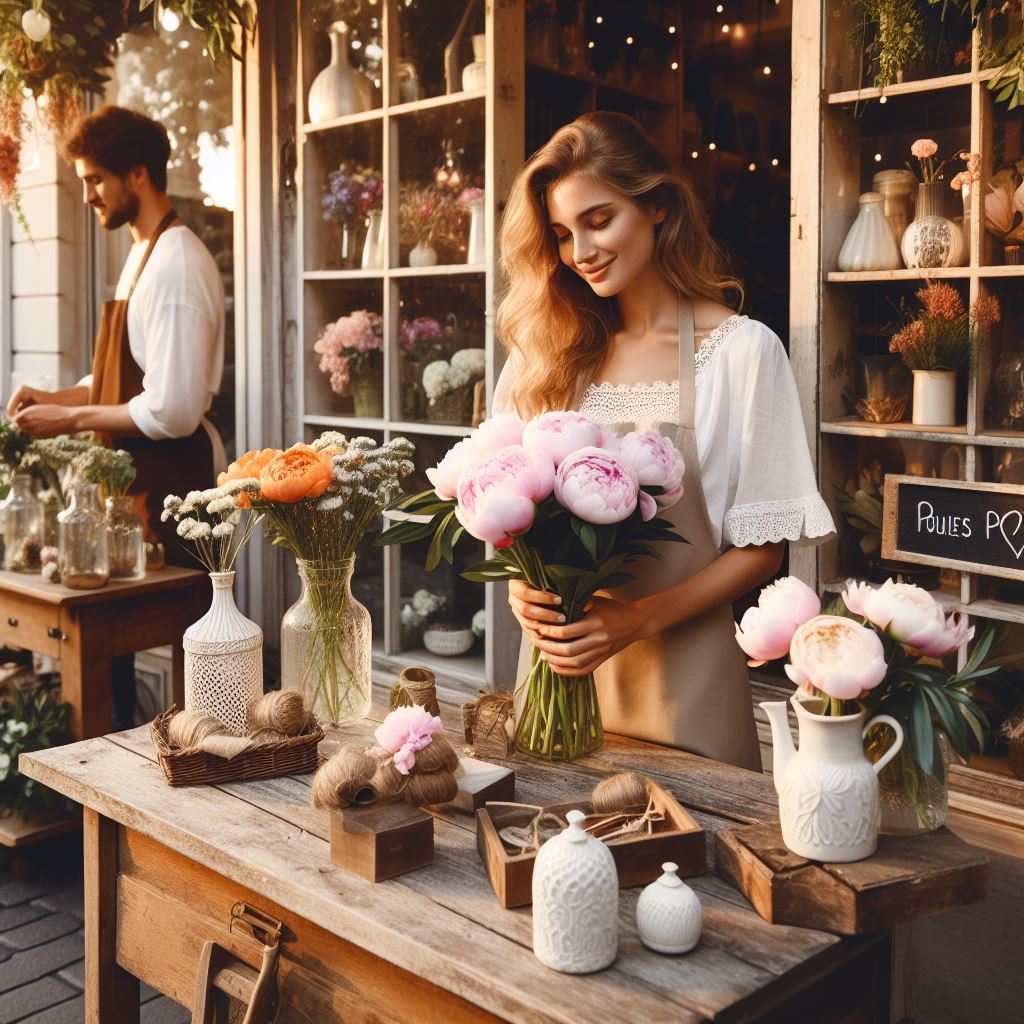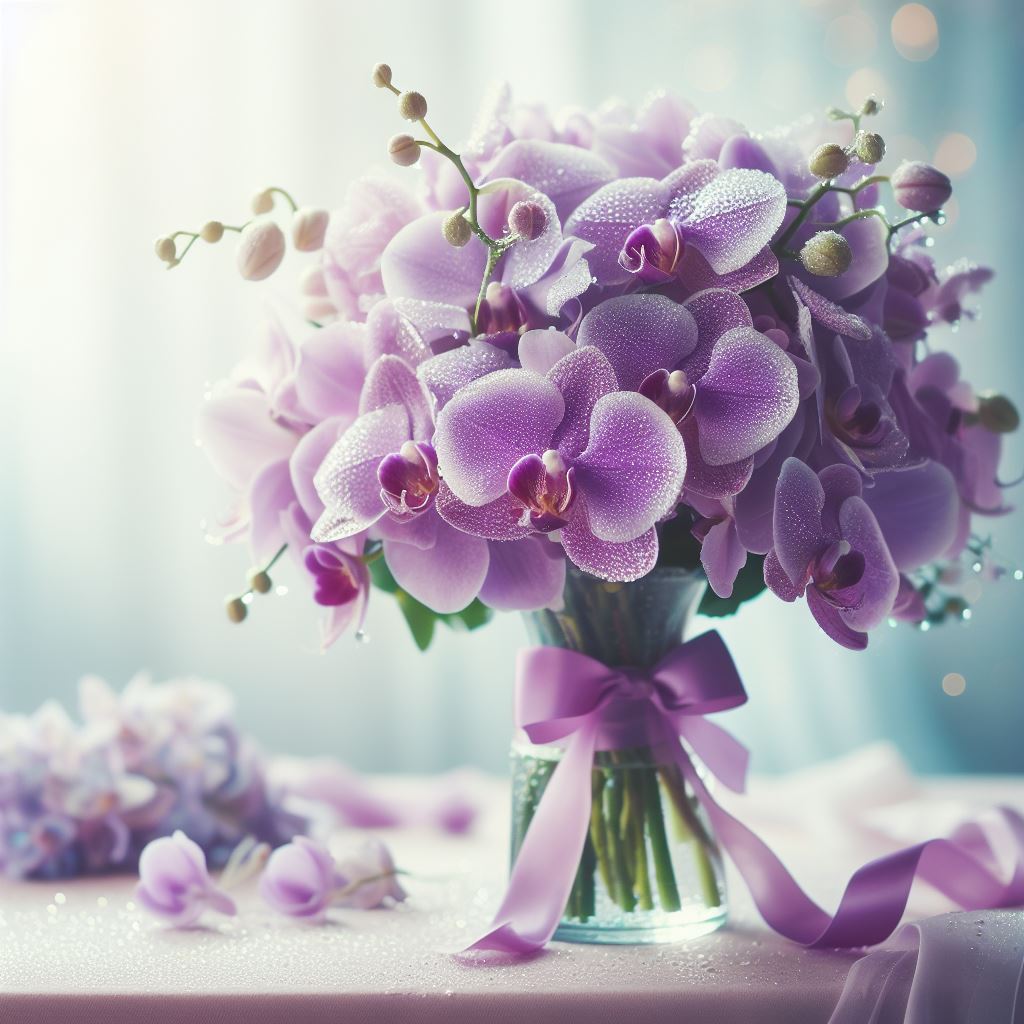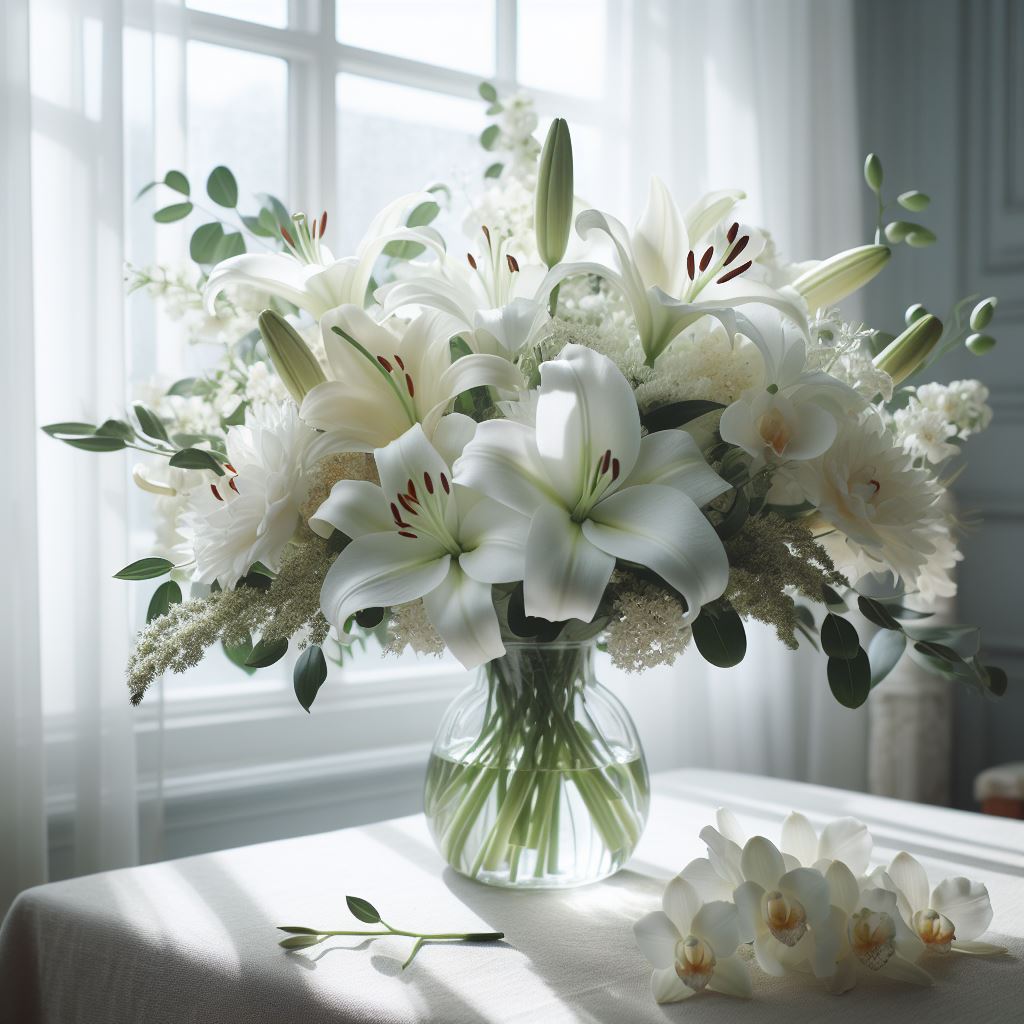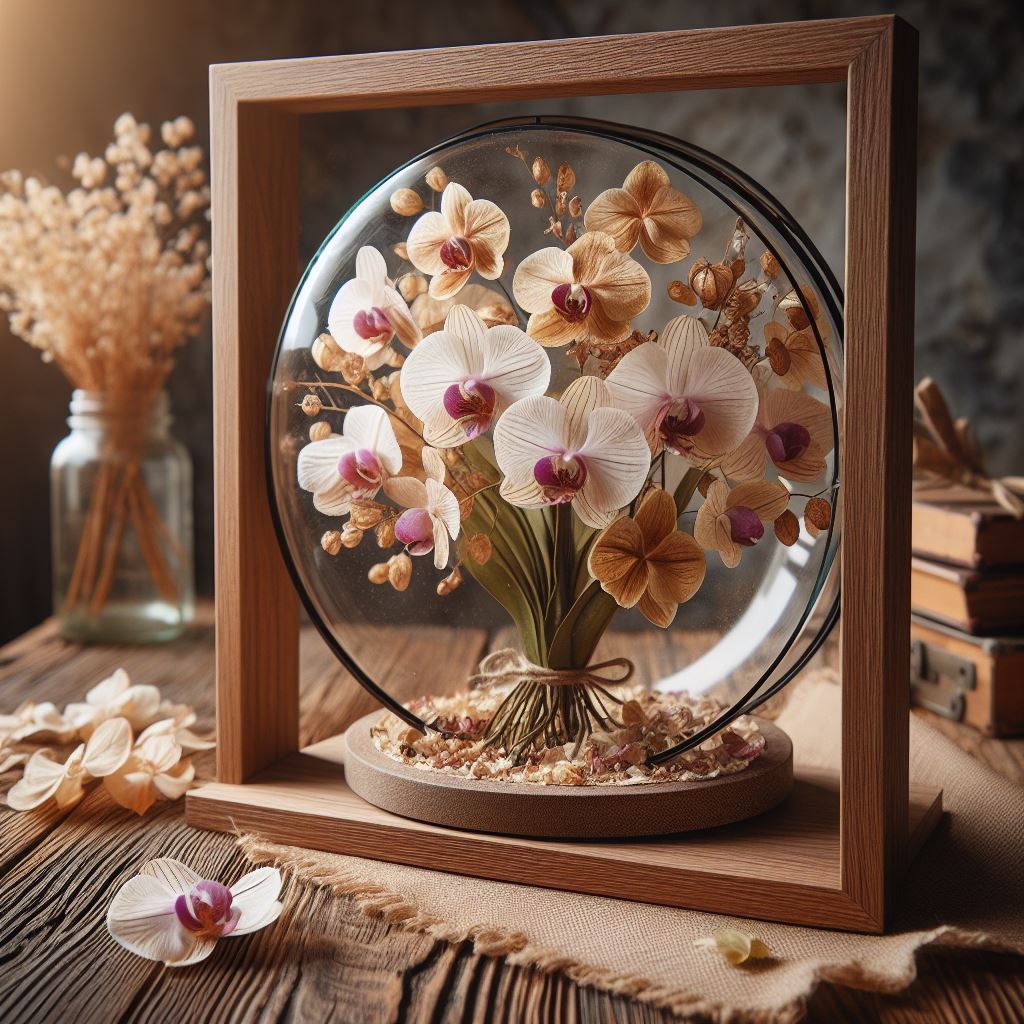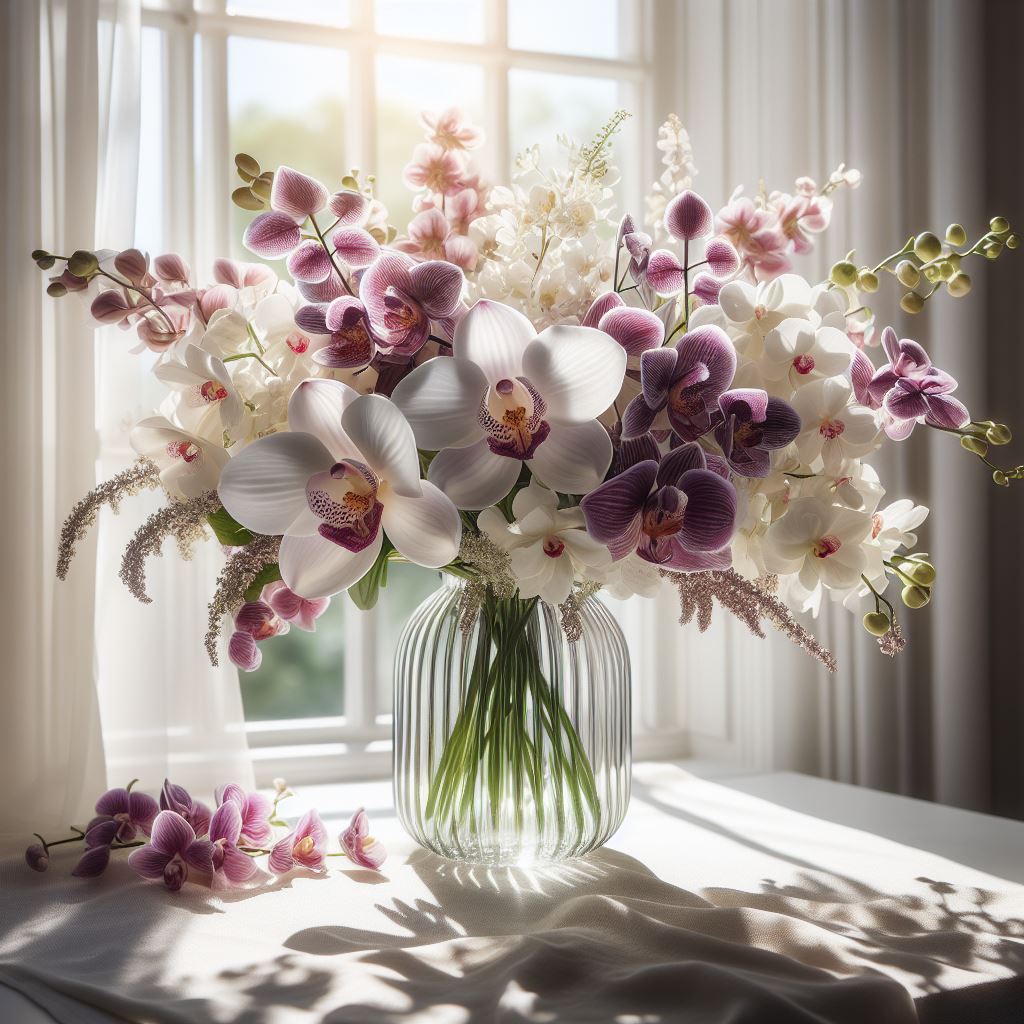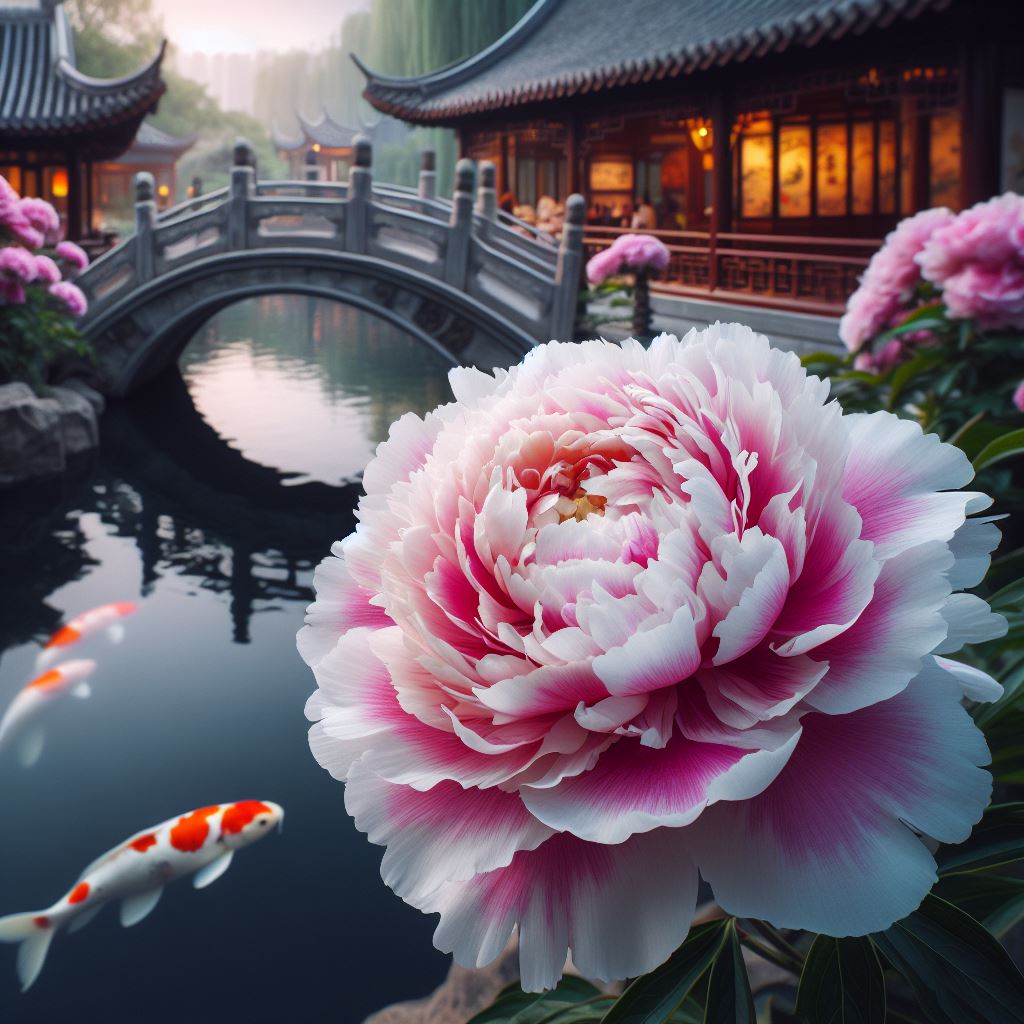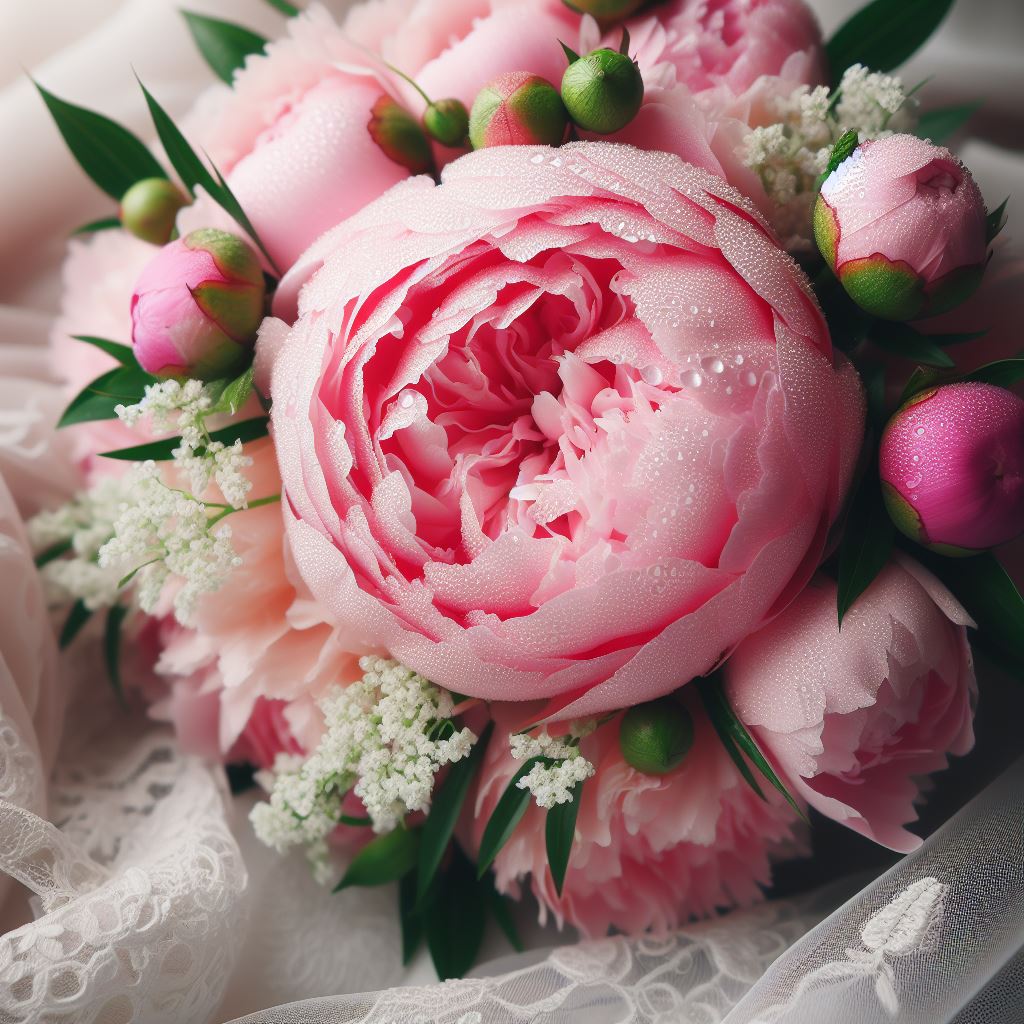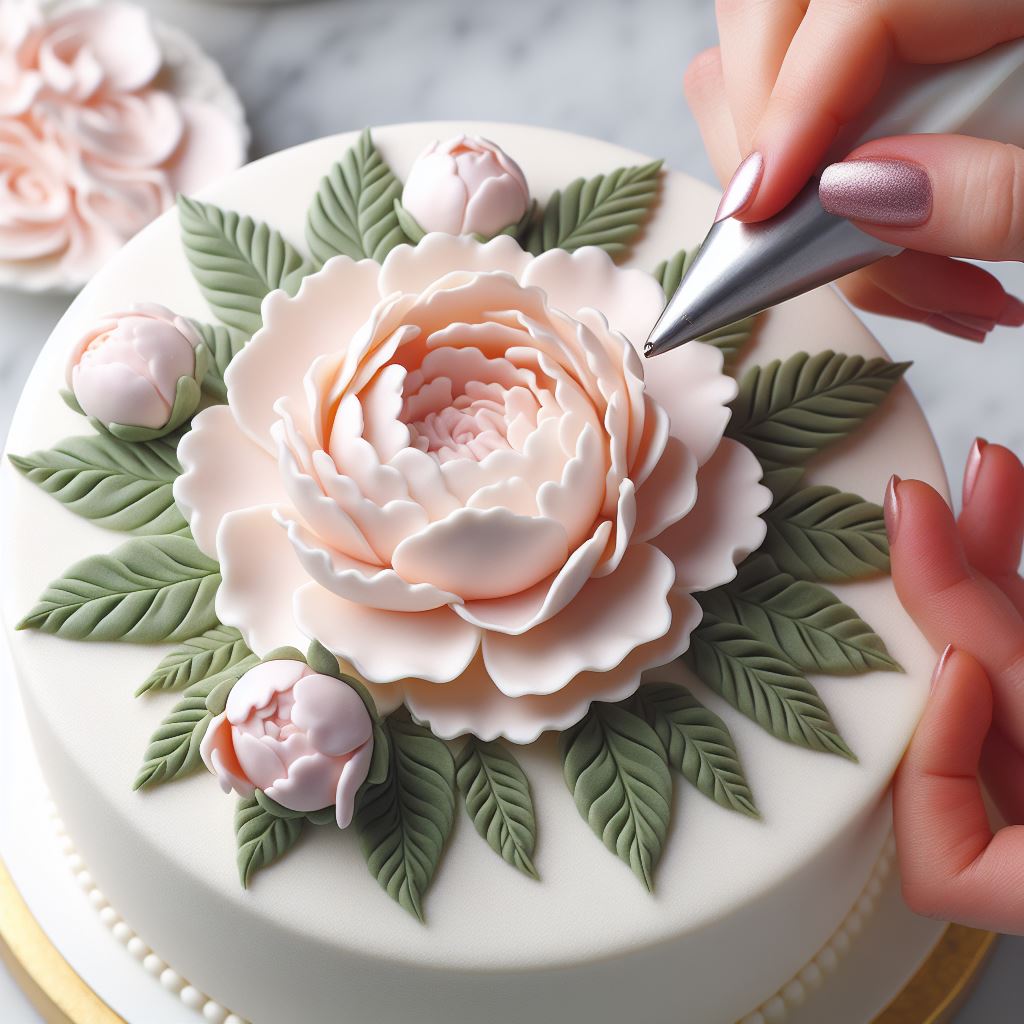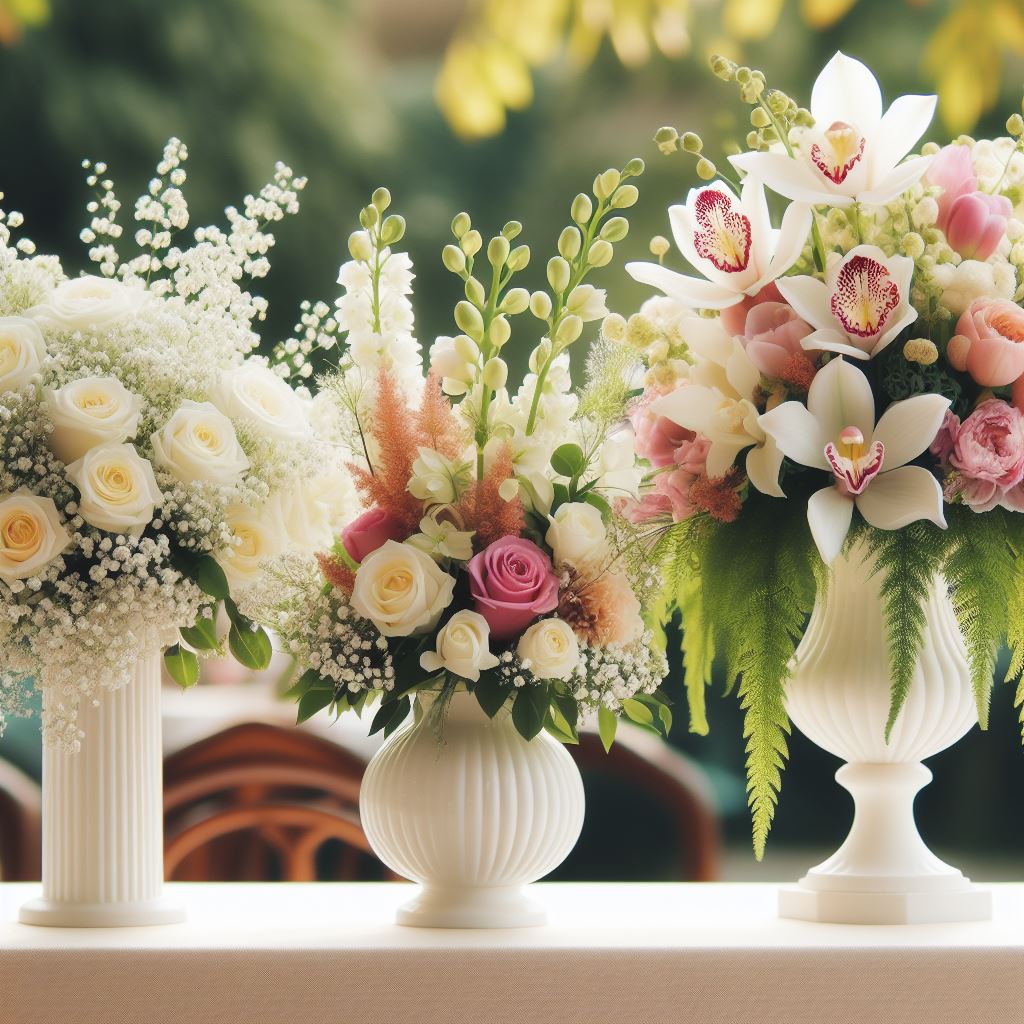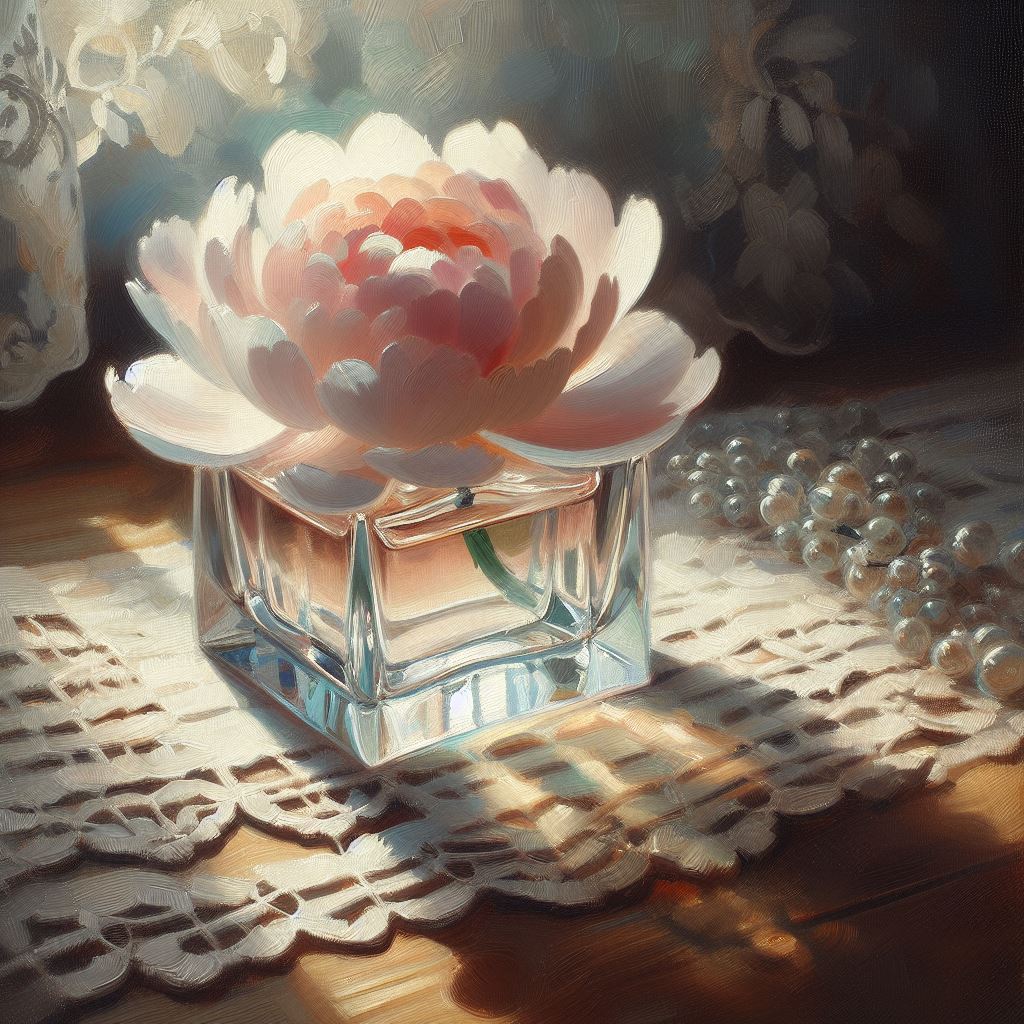Flowers
Discover the vibrant world of flowers, a symbol of beauty and nature’s artistry. From the delicate petals of roses to the vivid hues of wildflowers, our comprehensive guide explores various species, gardening tips, and the symbolism behind these botanical wonders. Perfect for garden enthusiasts and floral aficionados alike, dive into a colorful journey through the enchanting realm of flowers.
Introduction
Flowers captivate with their myriad forms, hues, and fragrances, offering a feast for the senses and a palette for the poets. They are not merely plants; they are the embodiments of nature’s beauty, diversity, and the cycle of life. From the soft blush of a springtime cherry blossom to the bold statement of a tropical hibiscus, flowers speak a universal language of joy, sympathy, love, and celebration. This introduction to flowers will lead you through the enchanting world of botany, unraveling the mysteries of their allure, their ecological importance, and their enduring role in cultures across the globe. Whether used for their aesthetic, their fragrance, or their therapeutic properties, flowers have an undeniable significance that transcends the boundaries of mere ornamentation.
Types of flowers
Oh, flowers! They are like nature’s own beautiful paintings. There are so many kinds, each with its own special look and feel. Let’s walk through the world of “Types of Flowers,” where the shapes and colors seem to come alive.
Lovely Roses:
Roses are all about love and feelings. They have soft petals and come in all sorts of colors like deep red, soft pink, and bright yellow. Each color tells a different story of love. There are many kinds of roses, including some that are perfect for a garden and others that like to climb up things.
Bright Sunflowers:
Sunflowers are like little suns that light up any place. They are tall and bright and make people feel happy. They are great for making bouquets and making places look cheerful.
Happy Daisies:
Daisies are simple but beautiful. They make you smile when you see them. There are many kinds, like the usual white ones with a yellow center, and also big, colorful Gerbera daisies.
Beautiful Magnolias:
When spring comes, magnolias open up their big, sweet-smelling flowers. They look very grand and have thick petals and a lovely scent.
Amazing Orchids:
Orchids are like the stars of the flower world. They have all kinds of shapes and colors. There are many types, like the fancy Phalaenopsis and the pretty Cattleya. Each one is like a piece of nature’s artwork.
Elegant Lilies:
Lilies look very graceful with their trumpet-shaped flowers. They come in white, lots of bright colors, and even with spots. These flowers mean purity and new beginnings.
Pretty Cherry Blossoms:
Cherry blossoms are a soft beauty that doesn’t last long. In spring, they turn the world pink and white. These little flowers are very important in some cultures and remind us that life is short and sweet.
Fun Wildflowers:
Wildflowers are like nature’s wild children. They just grow wherever they want. There are small ones like dandelions and bright ones like poppies. They make gardens and fields look happy without any effort.
Sleek Tulips:
Tulips have a smooth, cup-like shape and are a sign that spring is here. They come in all colors and stand for new starts and freshness.
Bold Marigolds:
Marigolds are strong and colorful, making gardens look like they’re fit for a king. They are tough flowers that look pretty and can keep bugs away.
Every time you see a flower, think of it as a small work of art from nature. Flowers decorate places, make special events beautiful, and fill the world with colors and meanings. Each one adds a little bit of beauty to our lives.
Flowers in Art and Literature
Flowers, with their delicate petals and vibrant colors, have long been a muse for artists and writers alike. Beyond their botanical significance, these floral wonders have woven their way into the tapestry of human expression, becoming symbols of emotion, beauty, and the fleeting nature of life. Let’s embark on a journey through the captivating realm where flowers blossom not only in gardens but also in the realms of art and literature.
1. The Language of Blooms:
In literature, flowers often speak a language of their own. From Shakespeare’s romantic sonnets to the verses of Emily Dickinson, poets have used flowers as metaphors to convey a spectrum of emotions. Roses symbolize love, lilies purity, and violets’ modesty. The language of blooms, known as floriography, allows writers to infuse their prose with layers of meaning, creating a rich and nuanced tapestry of emotions.
2. Blossoming on Canvas:
Artists throughout history have found inspiration in the graceful curves and vibrant hues of flowers. The Dutch Masters, such as Jan van Huysum, meticulously captured the beauty of blooms in still-life paintings, while Vincent van Gogh’s iconic “Sunflowers” radiates warmth and vitality. Flowers, with their ephemeral nature, have become powerful symbols of life, death, and the cyclical nature of existence in the hands of skilled artists.
3. Floral Allegories in Mythology:
In ancient mythology, flowers were often intertwined with gods, goddesses, and mythical creatures. From the lotus symbolizing purity in Eastern mythology to the poppy representing sleep and death in Greek mythology, flowers served as potent symbols that added depth and meaning to timeless tales. These floral allegories continue to captivate readers and art enthusiasts, bridging the gap between the tangible and the mythical.
4. Floral Motifs in Fashion:
Beyond the realms of literature and art, flowers have made their way into the world of fashion. Designers draw inspiration from the intricate patterns and vibrant colors of blooms to create stunning floral motifs on fabrics. Whether it’s a delicate floral lace or a bold, oversized floral print, fashion becomes a canvas where the beauty of flowers unfolds, adding a touch of nature’s elegance to our wardrobes.
5. Floral Symbolism in Religious Art:
In religious art, flowers often take on symbolic meanings. The Madonna lily, for instance, symbolizes the purity of the Virgin Mary in Christian art. Similarly, the lotus holds deep spiritual significance in Hindu and Buddhist art, representing enlightenment and rebirth. Flowers become visual metaphors that enhance the spiritual narrative, connecting the earthly with the divine.
Flowers and Their Role in Festivals
Flowers play an integral role in festivals across the world, symbolizing various themes and emotions related to the celebrations. Here’s a look at how flowers bring color, fragrance, and meaning to these joyous occasions.
Cultural Significance of Flowers
Embodiments of Tradition: Flowers are often deeply embedded in the traditions of festivals, with specific types being used for particular celebrations due to their cultural significance. For instance, marigolds are ubiquitous in Indian festivals, symbolizing brightness and positivity.
Flowers in Religious Ceremonies
Symbols of Devotion: Many religious festivals use flowers as offerings to deities or as part of rituals. In Christianity, Easter celebrations often include lilies, which represent purity and resurrection. Similarly, during the Thai festival of Songkran, flowers are used in the ritual bathing of Buddha images.
Flowers in Seasonal Festivals
Harbingers of Seasons: Seasonal festivals frequently celebrate the blooming of certain flowers. Japan’s famous cherry blossom festival, Hanami, celebrates the fleeting beauty of the sakura blooms. In the United States, the National Cherry Blossom Festival commemorates the gift of Japanese cherry trees, heralding the arrival of spring.
Flowers as Decorative Elements
Adornments for Celebration: Flowers are used to decorate homes, streets, and public spaces during festivals, creating a festive and welcoming atmosphere. The use of flowers during Christmas, such as poinsettias, holly, and mistletoe, adds color and vibrancy to the celebrations.
Flowers in Social Festivals
Unity and Community Bonding: Flowers can be a means of social bonding during festivals. The tossing of roses during Spain’s La Tomatina or the exchange of flowers during Valentine’s Day are ways in which flowers facilitate human connections and communal harmony.
Flowers and Economic Impact
Boost to Flower Industry: Festivals can significantly impact the flower industry, with demand for blooms like roses, tulips, and carnations soaring during events like Valentine’s Day and Mother’s Day. This demand supports local and international economies, with flower growers and sellers playing a crucial role in festival preparations.
Eco-Friendly Celebrations
Sustainable Festivities: In an age where sustainability is becoming increasingly important, flowers serve as eco-friendly decorative options. Biodegradable and often locally sourced flowers can reduce the environmental footprint of festivals.
In every corner of the world, flowers enrich the experience of festivals, serving not only as symbols of the festivities but also as vital, vibrant participants in the celebration of life’s significant moments.
Flowers and Their Role in Celebrating Love
Love that timeless and enchanting emotion finds an exquisite expression in the language of flowers. From symbolic gestures to intricate floral arrangements, the role of blooms in celebrating love is rich and multifaceted. Let’s immerse ourselves in the captivating world where flowers become the ambassadors of romance.
1. Symbolism of Romantic Flowers:
Flowers, with their distinct colors and shapes, hold deep symbolic meanings in the realm of romance. The classic red rose, with its velvety petals, is an emblem of passionate love. Delicate lilies signify purity and commitment, while the vibrant tulip conveys declarations of love. Understanding the language of romantic flowers allows lovers to communicate sentiments without uttering a single word.
2. Flowers in Romantic Traditions:
Across cultures and centuries, flowers have played a central role in romantic traditions. In Victorian times, the exchange of carefully selected blooms was a nuanced form of communication, allowing secret admirers to express their feelings. Today, this tradition endures in gestures like giving bouquets on anniversaries and dates, creating a timeless link between flowers and the celebration of love.
3. Floral Arrangements for Romantic Occasions:
Floral arrangements crafted for romantic occasions are a symphony of colors and fragrances. Bouquets of red roses, heart-shaped arrangements, and elegant mixed florals are staples for events like weddings, anniversaries, and proposals. The artistry of florists transforms these blooms into tangible expressions of love, creating memorable moments for couples to cherish.
4. Modern Trends in Romantic Floristry:
In the modern era, floristry has embraced innovation, offering couples a diverse array of options to celebrate their love. From unconventional flower choices to avant-garde arrangements, florists experiment with textures, shapes, and colors to craft unique and personalized expressions of romance. The modern couple can choose from minimalist designs to extravagant installations, reflecting their individual style and love story.
5. DIY Romantic Floral Gestures:
For those who revel in a hands-on approach, DIY romantic floral gestures add a personal touch to expressions of love. Crafting a simple bouquet or arranging flowers in creative containers allows individuals to infuse their personality into the gift. These homemade floral gestures become cherished tokens of affection, embodying the effort and thoughtfulness invested in expressing love.
6. Cross-Cultural Perspectives on Love and Flowers:
Love’s connection with flowers transcends cultural boundaries. In some cultures, specific blooms hold unique significance in love rituals and ceremonies. From cherry blossoms symbolizing the fleeting nature of love in Japanese culture to the exchange of red carnations during Turkish weddings, flowers serve as universal symbols of love while carrying cultural nuances that enrich the celebration.
7. Challenges in Expressing Love with Flowers:
While flowers are a powerful medium of expression, challenges may arise. Allergies, cultural sensitivities, or environmental concerns can impact the choice and presentation of flowers. Navigating these challenges requires thoughtful consideration to ensure that the expression of love through blooms is not only beautiful but also respectful and inclusive.
Global Perspectives on Seasonal Flowers
In the eternal dance of nature, flowers emerge as the ephemeral stars, adorning the world with their vibrant hues and delicate fragrances. As the seasons shift, so does the landscape of blossoms, creating a mesmerizing tapestry that mirrors the changing rhythms of the Earth. Let’s embark on a floral journey through the seasons, where each bloom tells a tale of nature’s cyclical beauty.
1. Spring Blooms:
With the arrival of spring, the world awakens to a burst of colors. Cherry blossoms paint the landscape in shades of pink, tulips unfurl their petals in a vibrant display, and daffodils nod in the gentle breeze. Spring is a season of renewal, and the floral symphony it orchestrates is a testament to life’s continual cycle of rebirth.
2. Summer Flowers:
As the sun climbs higher in the sky, summer brings forth a kaleidoscope of blooms. Sunflowers bask in the warmth, roses reach their full splendor, and fields come alive with the playful dance of daisies. Summer flowers are not only a feast for the eyes but also a celebration of the sun’s energy, infusing the air with their sweet fragrances.
3. Autumnal Blossoms:
As temperatures begin to cool, autumn unfolds its own palette of floral wonders. Marigolds blaze in hues of orange and gold, chrysanthemums take center stage in gardens and floral arrangements, and asters add a touch of purple elegance. The changing colors of autumn are mirrored in the petals of these blooms, creating a tapestry that heralds the transition to a new season.
4. Winter Florals:
Winter may seem dormant, but even in the cold embrace of frost, flowers find a way to enchant. Poinsettias, with their vibrant red bracts, become synonymous with the holiday season. White camellias and hellebores add a serene touch to winter gardens, proving that even in the quietude of winter, nature’s beauty persists.
5. Seasonal Floral Festivals:
Around the world, communities celebrate the changing seasons with floral festivals that showcase the beauty of local blooms. From Japan’s cherry blossom festivals in spring to the lavender fields of Provence in the summer, these events become cultural celebrations, uniting people in their appreciation for the fleeting beauty of seasonal flowers.
6. Gardening Tips for Each Season:
For gardening enthusiasts, each season brings a unique set of opportunities and challenges. Spring invites the planting of bulbs and the nurturing of delicate shoots, while summer demands diligent watering and sun protection. Autumn signals the time for pruning and preparing plants for winter, and winter itself offers the chance to plan and dream for the next growing season.
7. Changing Landscape of Floral Availability:
Floral availability undergoes a transformation with each passing season. Florists and gardeners alike adapt to the changing supply of blooms, incorporating seasonal favorites into arrangements and designs. This ebb and flow not only highlight the beauty of each season but also encourage a sustainable and mindful approach to floral choices.
8. Global Perspectives on Seasonal Flowers:
From the cherry blossoms of Japan to the sunflowers of Tuscany, seasonal flowers hold different meanings and cultural significance around the globe. Understanding the global perspectives on these blooms adds depth to our appreciation of the interconnectedness between nature, culture, and the changing seasons.
Endangered Flowers and Conservation Efforts
In the delicate tapestry of nature, flowers bloom as vibrant ambassadors of biodiversity. However, the fragility of these botanical wonders is increasingly threatened, prompting a crucial need for conservation efforts. Let’s delve into the world of endangered flowers, exploring the challenges they face, the initiatives striving to protect them, and the cultural and ethical dimensions of floral conservation.
1. Threats to Floral Biodiversity:
Floral biodiversity faces an array of threats, from habitat loss due to urbanization and agriculture to climate change disrupting natural ecosystems. Pollution, invasive species, and overharvesting further endanger delicate flower species, disrupting the delicate balance that sustains them in the wild.
2. Endangered Floral Species:
Many flowers, once abundant, are now classified as endangered or at risk of extinction. Examples include the Franklinia tree, native to the southeastern United States, and the Chile sandalwood, whose fragrant blooms are dwindling in their native habitat. Understanding these endangered species is crucial for targeted conservation efforts.
3. Conservation Initiatives and Success Stories:
Around the globe, conservation initiatives are working tirelessly to protect endangered flowers. Success stories, such as the reintroduction of the Lady’s Slipper Orchid in the UK and the recovery of the Western Prairie Fringed Orchid in North America, showcase the positive impact of dedicated conservation efforts. These initiatives often involve habitat restoration, captive breeding, and community engagement.
4. Role of Botanical Gardens in Conservation:
Botanical gardens play a pivotal role in the conservation of endangered flowers. These living museums serve as repositories of biodiversity, providing safe havens for rare and threatened species. Through research, education, and propagation programs, botanical gardens contribute significantly to the preservation of floral diversity and the public understanding of its importance.
5. Citizen Science and Floral Conservation:
Citizen science initiatives empower individuals to contribute to floral conservation efforts. Projects like plant monitoring, seed collection, and habitat restoration engage communities in hands-on conservation. The collective efforts of citizens worldwide amplify the impact of professional conservation programs.
6. Challenges in Floral Conservation:
Despite the progress made, floral conservation faces persistent challenges. Limited funding, political apathy, and the interconnected nature of ecological threats pose obstacles to comprehensive conservation strategies. Balancing the needs of endangered flowers with human development adds complexity to the conservation landscape.
7. Ethical Practices in the Floral Industry:
The floral industry, a significant player in the trade of flowers, is increasingly recognizing the importance of ethical practices. Sustainable sourcing, fair trade certifications, and eco-friendly cultivation methods are becoming integral to responsible flower production. Ethical practices aim to ensure that the beauty of flowers does not come at the expense of environmental degradation.
8. Cultural Perspectives on Endangered Flowers:
Endangered flowers hold cultural significance in various societies. From the lotus revered in Eastern cultures to the orchid symbolizing beauty and strength in many Western traditions, these blooms are intertwined with cultural identities. Understanding and respecting these cultural perspectives is vital for holistic and inclusive conservation efforts.
FAQ’s
Can all flowers be grown from seeds, or are there specific varieties that require different propagation methods?
While many flowers can be grown from seeds, some varieties may require specific propagation methods, such as bulbs, tubers, or cuttings.
What flowers are suitable for different occasions, such as weddings or funerals?
Roses, lilies, and tulips are popular choices for weddings, while lilies, chrysanthemums, and roses are often chosen for funeral arrangements.
How do I attract butterflies to my garden with flowers?
Planting nectar-rich flowers, such as butterfly bush, zinnias, and marigolds, along with providing a water source, creates an inviting environment for butterflies.
Are there flowers that are toxic to pets, and how can I ensure a pet-friendly garden?
Yes, some flowers can be toxic to pets. Research pet-safe plants and avoid toxic varieties. Consult with a veterinarian if you suspect your pet has ingested a toxic plant.
What are perennial and annual flowers, and how do they differ?
Perennial flowers live for multiple growing seasons, returning each year, while annual flowers complete their life cycle in one season and need to be replanted for the next year’s display.
Conclusion
In the delicate tapestry of nature, flowers emerge as captivating ambassadors of beauty, diversity, and emotion. From the intricacies of their petals to the vibrant hues that paint landscapes, flowers enchant us with their timeless allure. Whether adorning celebrations, conveying heartfelt sentiments, or simply gracing the world with their presence, flowers play a profound role in our lives. In their fleeting bloom, we find a reminder of the transient yet exquisite nature of life, celebrating the continuous cycle of growth, renewal, and the enduring connection between nature and the human spirit.
Purple Orchid Bouquet
White Lily Orchid Bouquet
Orchid Bouquet
Peony Flower Perfume
Copyright © 2023 Belconi Florist.

